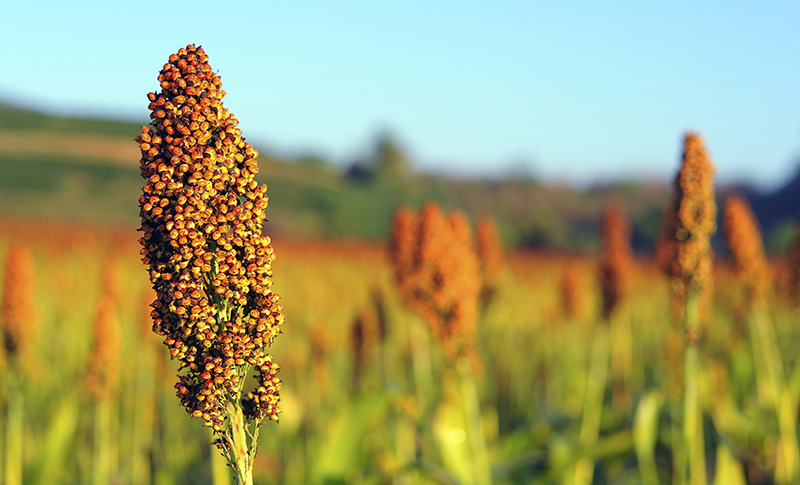Hay and Silage

"It's one of the miracles of nature that this empty-looking land can be of such great use, that cattle can convert its grasses to meat and milk."
- Kathleen Norris, Dakota, A Spiritual Geography
Hay
- Before there were cars, trucks and farm equipment, it was workhorses that provided transporation and helped with work on the farm and in other industries. Hay was the fuel that made the horses go. Farmers needed huge quantities of hay for their cattle and their sheep. Horses used in the mining, lumbering, and road building industries, and those used for hauling and personal transportation in urban areas, needed fodder, too. Farmers put up hay for their own use, and sold the extra in local markets, or baled it and shipped it to markets further away.
- Haymaking involved cutting, gathering, drying and storing grasses or legumes, like alfalfa or clover. Hay was best made during late June, July and August.
- First the hay was cut with a scythe or a mower. Then sun and wind dried the hay as it lay in the field. When the moisture content was low enough, the hay was raked up and stored in stacks in the field or loaded on a hay rack or elevator (conveyor) and hauled to the yard. Here it could be stored in stacks or in the mow (loft) of a barn. The loose hay would continue to dry in the mow and was fed out by pitching it down to the animals below.
- Most haymaking was done by family members, male and female, working with neighbors and casual help. Hired men usually got the heavy work, such as pitching hay or building stacks. Women and older children often did the raking and drove the teams of horses. Smaller children brought lunches and cold drinks to the hayfield.
- Most hay is now baled in huge round bales, usually by just one person.
- Most round balers produce bales weighing 600-2000 pounds. The bales are either left in the field until they are used or moved to a covered storage area.
- Sheep and goats will not eat trampled hay. Horses and cattle are not so picky.
- Oklahoma has excellent conditions for growing hay, which requires plenty of rain, and then hot dry weather for harvest. In 2008, hay ranked number five of all the state's agricultural commodities.
- Common plants used for making hay in Oklahoma are alfalfa, wild and prairie grasses, sorghum/sudan crosses, sudan, bermuda, lespedeza, soybean, peanut, and small grains like wheat, rye and oats.
- Many people confuse hay with straw. The square bales often sold in the fall for Halloween decorations are actually bales of straw. Straw is the stubble that is left after the grains from plants like wheat, oats and rye are threshed from the plant. It is most commonly used in animal bedding, as mulch for gardens and, in some cases, even in the walls of houses.
Silage
- Silage consists of green forage preserved by fermentation in a silo for use as a succulent fodder during periods of feed scarcity.
- Silage is the product of controled fermentation of green fodder retaining high moisture content. The material is normally stored in pits under anaerobic conditions. Naturally produced organic acids, chiefly lactic acid, preserves the fodder. During periods of abundant green fodder availability, fodder that is surplus to immediate requirements can be converted to silage and stored for use later in the year.
- Hay making is difficult in some regions because at the time when the forage is of acceptable qualtiy for forage conservation to be worthwhile (early in the wet season) the weather may be too unreliable for sun drying. In these areas silage may be preferable because it can be made using fresh or wilted material.
- Silage consists of forage, crop residues or agricultural and industrial by-products that are preserved by acids. These acids are either added or produced by natural fermentation.
- Fresh forage is harvested, or crop residues and by-products are collected. The material may be chopped or conditioned, and additives may be included. It is then stored in the absence of air so that facultative anaerobic bacteria, naturally present in forage, or added as innoculants, can rapidly convert soluble carbohydrates into acids.
